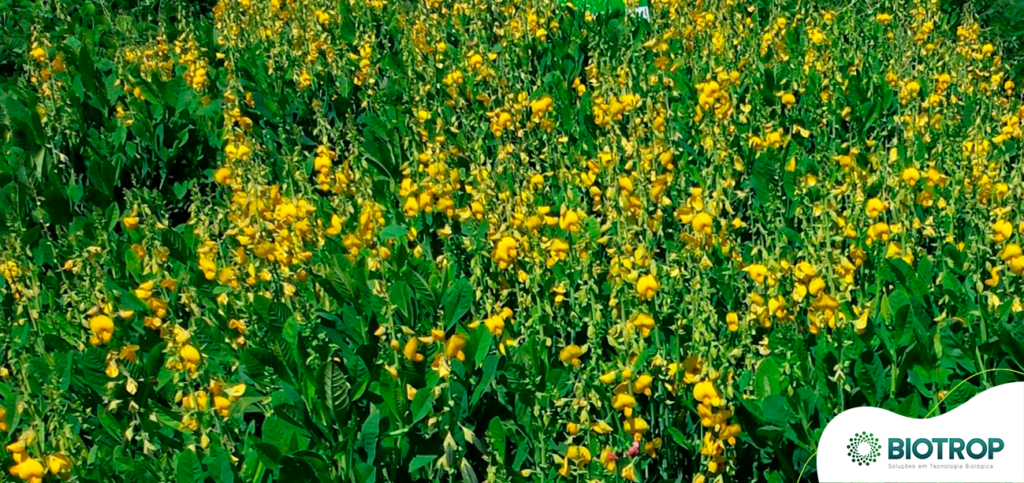Artigo – Parte 2
*Editorial by M.Sc. Paulo Santos; Ph.D. Cristiano Bellé
Factors that lead to higher levels of infestation by nematodes in agricultural areas:
There are three factors related to increases in root-knot nematode populations:
1) The first one is related to the continuous cultivation of susceptible crops over the years, which has contributed significantly to the rapid population growth of these species in the soil as well as their preservation;
2) The second one is related to the lack of good practices when it comes to traffic of agricultural machines and implements from infested to non-infested areas, contributing significantly to their spread. It is important to mention that the motility of this group of microorganisms is very low;
3) The third one is related to the diagnosis of the problem, since growers do not usually credit the damage caused by root-knot nematodes.
The reasons behind that include lack of knowledge, confusing them with other events (i.e., soil compaction, waterlogging, nutritional deficiency, and other soil pathogens) and discredit, since the pest causes subtle losses in the beginning of infestation, which is, in fact, a momentary scenario given the fact that populations evolve rapidly in the soil over time.
Management challenges
O manejo do Managing root-knot nematodes is a complex task. In general, its management is integrated and carried out by combining biological control, cultural, and chemical practices. Among these strategies, the use of chemical and biological nematicides has shown satisfactory outcomes in reducing root-knot nematode populations.
The use of seed treatment or in-furrow chemical and biological products contributes to the initial protection of root systems. These practices have gained importance within the integrated management strategies to control nematodes, as they are responsible for preventing these microorganisms from infesting at early stages, considering that their action is much more efficient when performed on roots at their initial development stages.
For certain host plants, such as sugarcane, carrots and others, there are resistant or tolerant cultivars available; for soybeans, the degree of resistance is, in general, moderate. Growers should opt for cultivars that have the lowest possible reproduction factor in areas infested with nematodes.
Rotation with non-host plants or with “trap crops”, such as certain crotalaria species (Figure 1), is an alternative for areas with annuals under high infestation; however, this practice must be repeated frequently, since nematode populations can increase rapidly. Another point that must be taken into account is weed control in off-season periods, because some of these species are hosts and therefore may contribute to nematode multiplication, ensuring the maintenance of their population in the soil.

Managing root-knot nematodes successfully depends on the integration of a number of strategies and tactics involving crop rotation/succession, use of resistant cultivars and genotypes (when available), and physical and chemical management of the soil. Root-knot nematode management must be carried out considering crop systems, with practices throughout the crop season, including off-season production, and off-season periods, avoiding increases in population
Figure 1 – Cover crop, Crotalaria sp., used in root-knot nematode management practices.
*Paulo Santos and Cristiano Bellé are part of Phytus/Elevagro Group, BIOTROP’s homologated partners for laboratory analyses of roots and soil. Article exclusively written for this partnership.
Check out PARTE I of this article: https://biotrop.com/nematoide-das-galhas-batalha-interminavel-parte-i/

